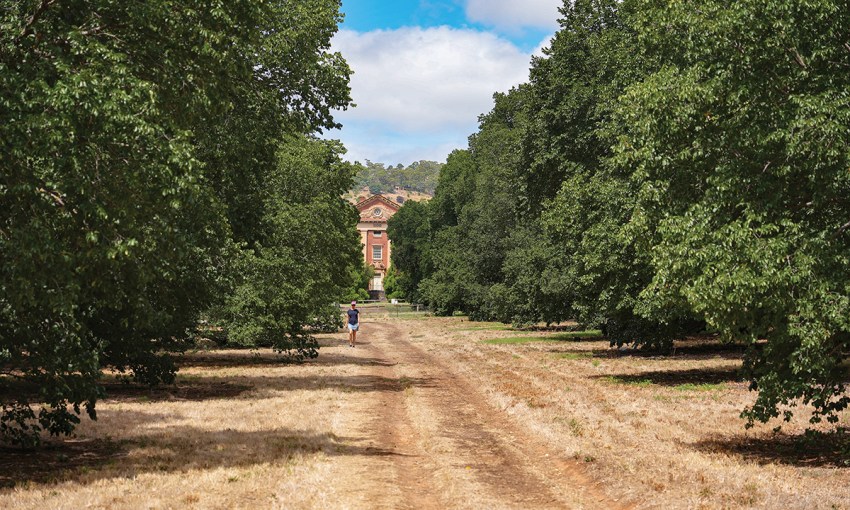The journey from Millicent farm girl to Waite Arboretum Curator has been one filled with interest, challenges and fulfillment for Dr Kate Delaporte.
Kate Delaporte: Custodian of the trees
Growing up on a farm with avid gardening parents, Kate Delaporte believes these two factors were pivotal in discovering her love of gardening at the age of 12; mowing lawns and tending to the family’s extensive banksia collection.
After high school, Kate began studying horticulture at Mount Gambier TAFE and worked for various floricultural and horticultural enterprises before enrolling at the University of Adelaide in 1992 to study Agricultural Science.
Her intense interest in Australian native plants led to an Honours project on banksia species and then on to a PhD scholarship to investigate Ornamental Eucalypts, sponsored by the Playford Trust.
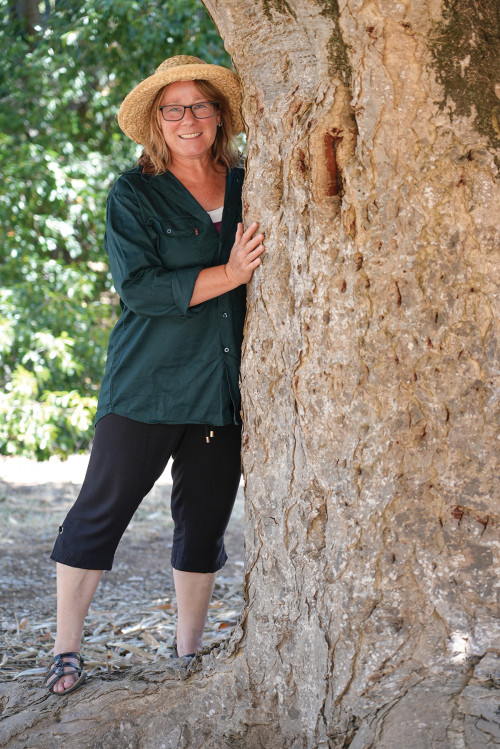
In 2000, Kate was awarded a Churchill Fellowship, which provided her the opportunity to travel Europe and California investigating the use of Australian plants in regions with a Mediterranean climate.
On her return from these travels, Kate was employed by the University of Adelaide Ornamental Eucalypts Development Program with Professor Margaret Sedgley (then Head of the Department of Horticulture, Viticulture and Oenology), looking to develop a range of smaller flowering eucalypts better adapted for home gardens.
A number of successful grafted cultivars with exceptionally compact forms were produced including Nullarbor Rose and Nullarbor Lime, hybrids of two iconic West Australian eucalypts, Eucalyptus macrocarpa and Eucalyptus pyriformis.
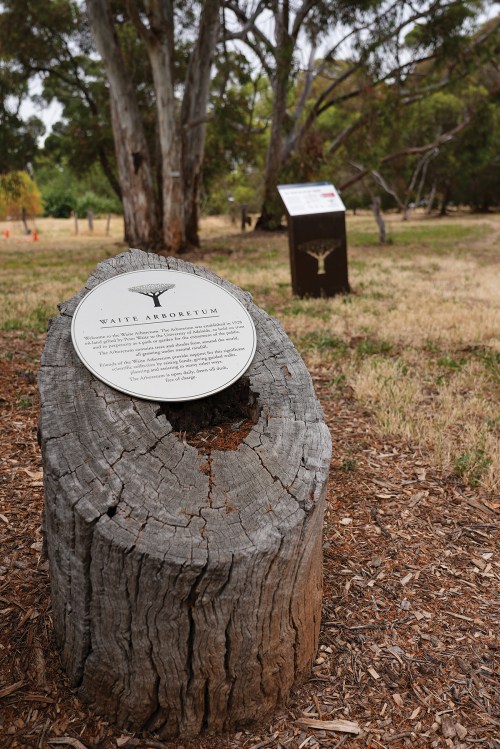
The opportunity to take up the prestigious role as Waite Arborteum Curator came in 2017. Following on from Dr Jennifer Gardener – who had successfully overseen the arboretum’s continued development for more than 20 years – was somewhat daunting. Grateful for a six-month handover working alongside Dr Gardner gave Kate a full appreciation of the position’s requirements, while balancing the portfolio of senior lecturer and researcher.
A South Australian horticultural institution, the Waite Arborteum was established in 1928 for the purpose of testing and trialling native and introduced trees to better assist in selecting varieties that would thrive in Adelaide conditions. Bordered by Fullarton Road and Walter Young Ave, Urrbrae, the 28-hectare arboretum forms part of the expansive Waite Campus on land generously bequeathed to the University of Adelaide by Peter Waite in 1914.
The original Deed of Gift specified these grounds be used, in perpetuity, as a park or garden for the recreation and enjoyment of the public. Fulfilling this requirement, the University set about designing and planting a botanical collection of trees. Willows, elms, conifers, palms, figs and Australian species such as silky oak, native pines and sheoaks were amongst the first plantings, with a number of these still growing strong today.
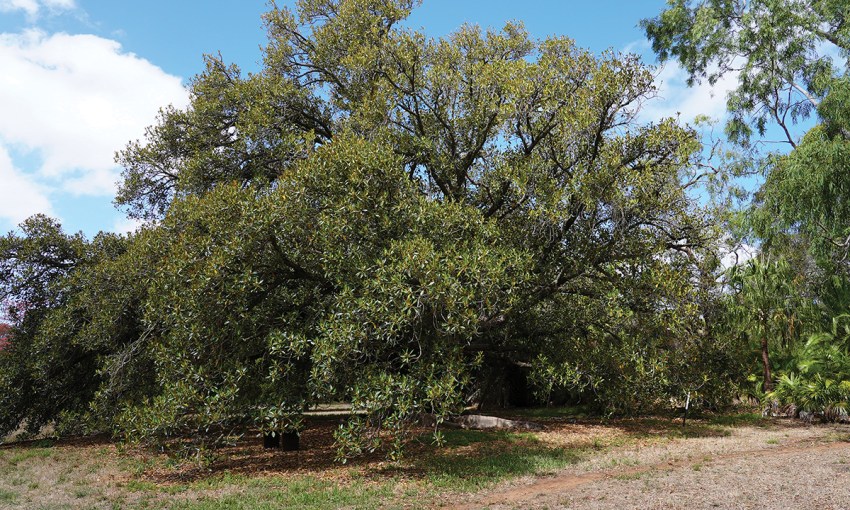
Comfortable with the mantle of “custodian”, Kate sees the Waite Arboretum’s role as a repository of knowledge on how trees grow and perform. Something that is now more important than ever, given the continuing and increasing impacts of climate change.
The decision to stop irrigating trees was made in 1961. While controversial at the time, the “no water” policy has resulted in a better understanding of which trees, living on 624mm average rainfall, can best adapt.
With more and more extended hot periods predicted in the not so distant future, walking through the arboretum, it is interesting to see which species are thriving and which are stressed or dying. New tree varieties are continually being added and assessed, and while they enjoy supplementary watering for the first three years, they are on their own afterwards.
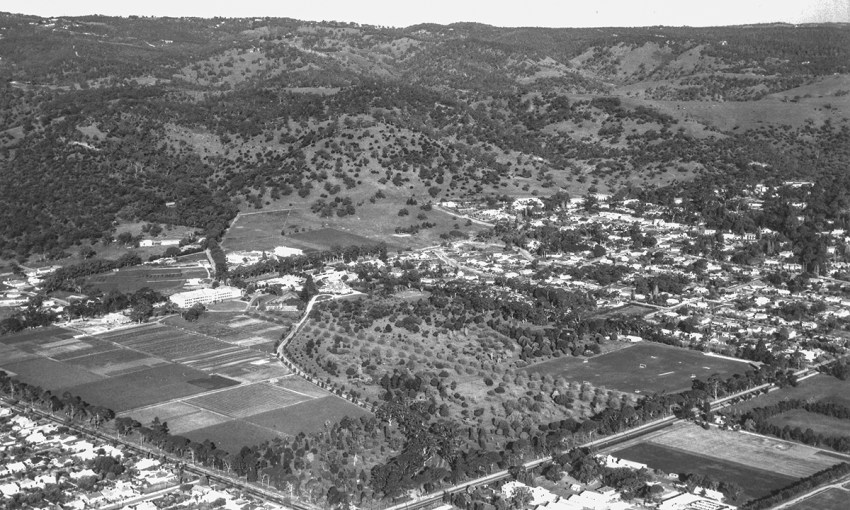
Kate is enthused and proud of the vital role the arboretum has in helping Adelaide, South Australian towns and landholders in identifying hardy trees with substantial leaf canopy that can provide essential shade and cooling in an increasingly harsh environment. Councils, government agencies, developers, landscapers, home gardeners and our environment all need attractive, lush shady trees that will grow in reduced rainfall to allow Adelaide to sustain and grow its green and – ultimately – future liveability credentials.
The arboretum is increasingly becoming a repository of information for other regions across Australia and internationally that are looking ahead to their particular climate issues and asking for guidance on the most appropriate tree choices.
Maintaining nearly 2500 trees, dozens of palms and an increasing number of shrubs takes a lot of time and effort. Thankfully, a willing group of volunteers, coordinated by Waite Arboretum Officer, Erica Boyle, lends a hand. There’s no shortage of work, from pulling weeds, removing toadstools and running hoses across the property to give new plantings a welcome drink. The hours generously provided by the Friends of Waite Arboretum are invaluable and greatly appreciated.
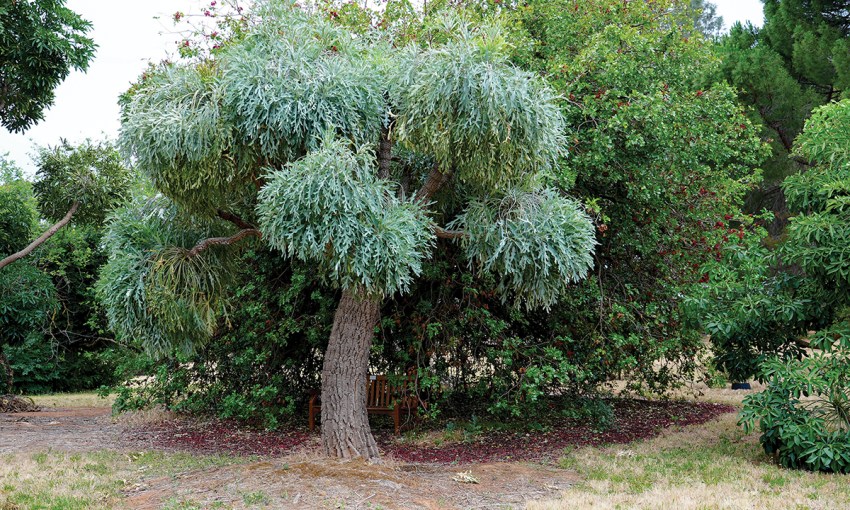
Kate is quick to point out that the Waite Arboretum is not a national park or botanic garden with lush lawn, rather it’s an open space where visitors can walk amongst and experience trees in their natural state, allowed to spread and stretch without restrictive pruning.
Among the many spectacular mature specimens located throughout the arboretum is its signature plant: the imposing dragon tree (Dracaena draco). The silhouette of its distinctive umbrella-shaped canopy makes the perfect Waite Arboretum logo.
Apart from the tightly clustered palm section, the majority of plantings are not divided into species or types, which has occasionally proven a challenge when staff and visitors have needed to locate specific trees! Thankfully, a survey was completed in 2017 and a Waite Arboretum app was developed and launched featuring an interactive map that identifies the geolocation and environmental benefits calculated for every individual tree.
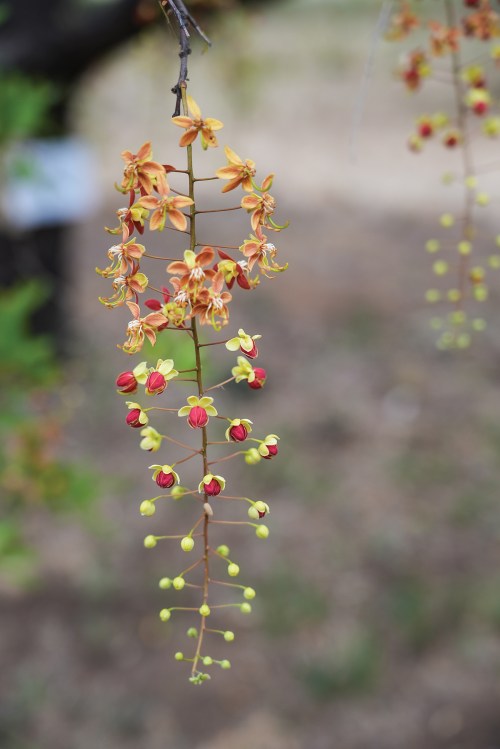
Now researchers and professionals such as arborists, landscape architects and urban planners – along with the general public – are able to readily locate a species of interest. The free app has loads of visitor information, plus fascinating self-guided walks showcasing trees from the various continents along with an “Indigenous Plants Use” themed walk.
With a view to bringing more insects and birds into the arboretum, Kate has encouraged the planting of understorey shrubs to provide essential habitats for insects, butterflies and small birds. Identifying that the Adelaide Hills’ bird diversity is declining, Kate sees the arboretum as an ideal location to provide an avian refuge. Acknowledging there are already healthy numbers of tree-dwelling or arboreal birds such as kookaburras, galahs and cockatoos, presently in the arboretum, Kate looks forward to the day when willy-wagtails and the like can add to the noise and activity.
Whether by yourself, as a family or group, the Waite Arboretum is a must-visit. Park on Claremont Avenue or head up Walter Young Avenue, Urrbrae, download the app and enjoy some time out among the Waite Arboretum’s majestic trees, horticultural history and calming nature.
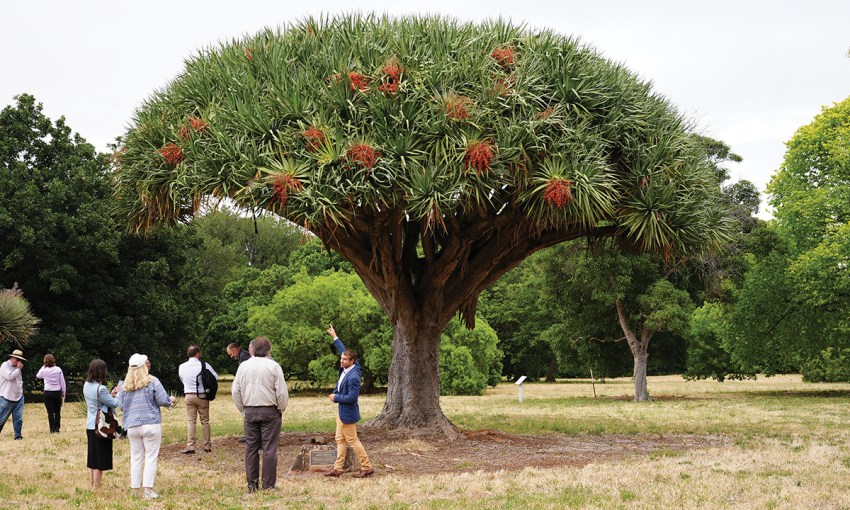
The arboretum is open to the public, free of charge, every day of the year from dawn to dusk, except on days of extreme fire danger. For the tranquillity of the park and to protect wildlife, dogs are not allowed in the arboretum, however guide dogs are permitted.
A passionate horticulturist, Kate’s vision for the arboretum, in conjunction with its important research status, is one focused on the web of life. Plant it and they will come; insects, birds and people to appreciate the connectedness of nature and the value diversity provides in creating a sustainable environment. We wish her well in achieving that goal.
This story first appeared in the March 2022 issue of SALIFE magazine.



